Congress Gives Hospitals Medicaid DSH Relief
Medicaid DSH allocations to states will not be reduced right away thanks to a new continuing resolution to fund the federal government through December 11.
The Medicare disproportionate share allocation cuts to the states, mandated by the Affordable Care Act but delayed by Congress several times, were delayed again earlier this year but scheduled to take effect on November 11. With the latest continuing resolution, the cuts will be delayed yet another month.

SNAP worked hard to encourage Congress to include the Medicaid DSH delay in the continuing resolution, doing so most recently in this September 14 letter to members of Pennsylvania’s congressional delegation. Medicaid DSH payments are an important tool in helping Pennsylvania safety-net hospitals serve their predominantly low-income communities, so SNAP also is urging Congress to eliminate the Medicaid DSH cut entirely.
Learn more about the delay of Medicaid DSH cuts and other aspects of the continuing resolution that affect hospitals in the Healthcare Dive article “Providers win Medicare loan extension, DSH relief but lose other asks in stop-gap spending law.”
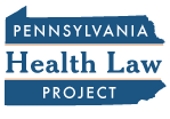 Included in this month’s edition are articles about:
Included in this month’s edition are articles about: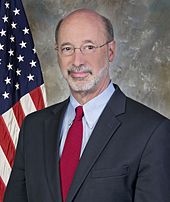 An Interagency Health Reform Council charged with developing recommendations on how to identify and capitalize on efficiencies in the existing health care system.
An Interagency Health Reform Council charged with developing recommendations on how to identify and capitalize on efficiencies in the existing health care system. Department of Health
Department of Health Department of State
Department of State 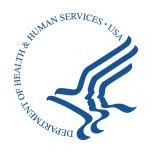 HHS Secretary Azar has renewed the COVID-19 public health emergency declaration, which was set to expire on October 23. With this renewal, the CMS waivers made possible by the declaration will remain in effect until January 21 unless the emergency is renewed again. View the renewal notice
HHS Secretary Azar has renewed the COVID-19 public health emergency declaration, which was set to expire on October 23. With this renewal, the CMS waivers made possible by the declaration will remain in effect until January 21 unless the emergency is renewed again. View the renewal notice  The enrollment increase can be traced to rising unemployment, with many people losing their employer-sponsored health insurance. The new figures cover five months, from February through June, the latter four of which marked the beginning of the COVID-19 pandemic.
The enrollment increase can be traced to rising unemployment, with many people losing their employer-sponsored health insurance. The new figures cover five months, from February through June, the latter four of which marked the beginning of the COVID-19 pandemic. Such a shift would be especially challenging for Pennsylvania safety-net hospitals because they already serve higher proportions of Medicaid and uninsured patients than the typical community hospital.
Such a shift would be especially challenging for Pennsylvania safety-net hospitals because they already serve higher proportions of Medicaid and uninsured patients than the typical community hospital. DHS has issued a Medical Assistance Bulletin on COVID-19 specimen collection and testing at pharmacies
DHS has issued a Medical Assistance Bulletin on COVID-19 specimen collection and testing at pharmacies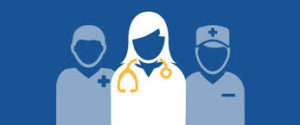 Provider Relief Fund
Provider Relief Fund Congress has passed, and the president has now signed,
Congress has passed, and the president has now signed,  The NIH has
The NIH has  The Courts
The Courts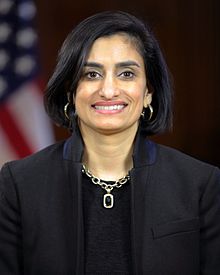 In a tweet earlier this week, Centers for Medicare & Medicaid Services Administrator Seema Verma wrote that
In a tweet earlier this week, Centers for Medicare & Medicaid Services Administrator Seema Verma wrote that